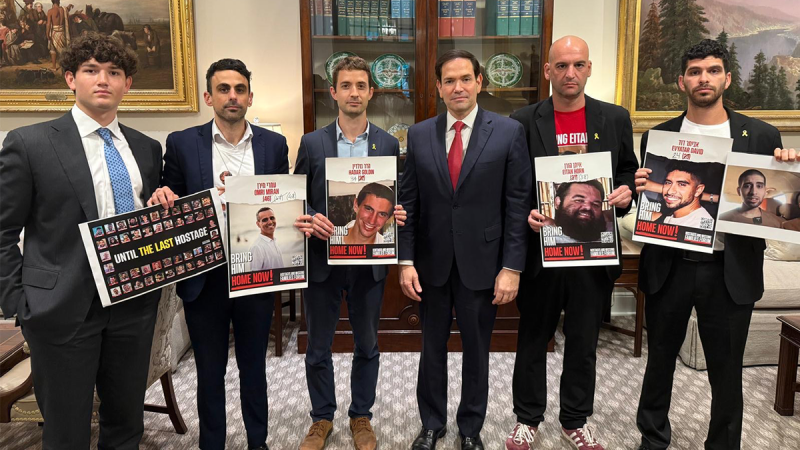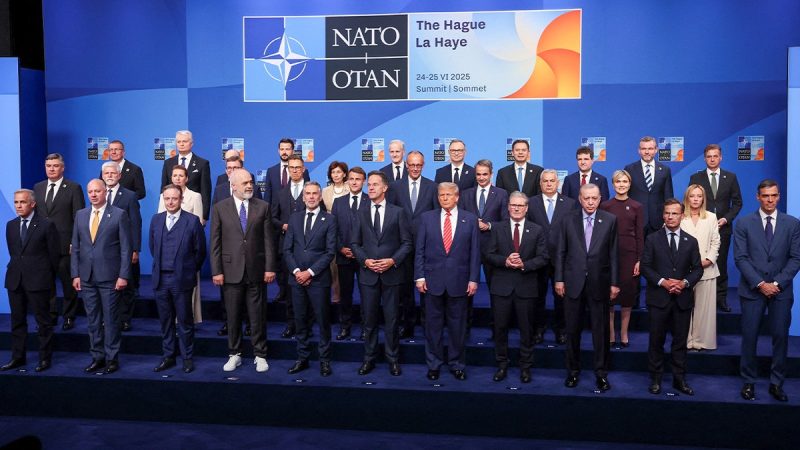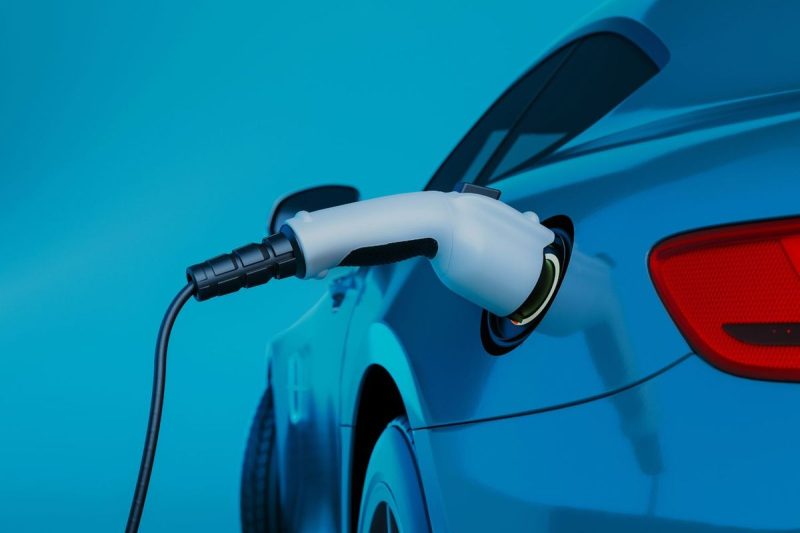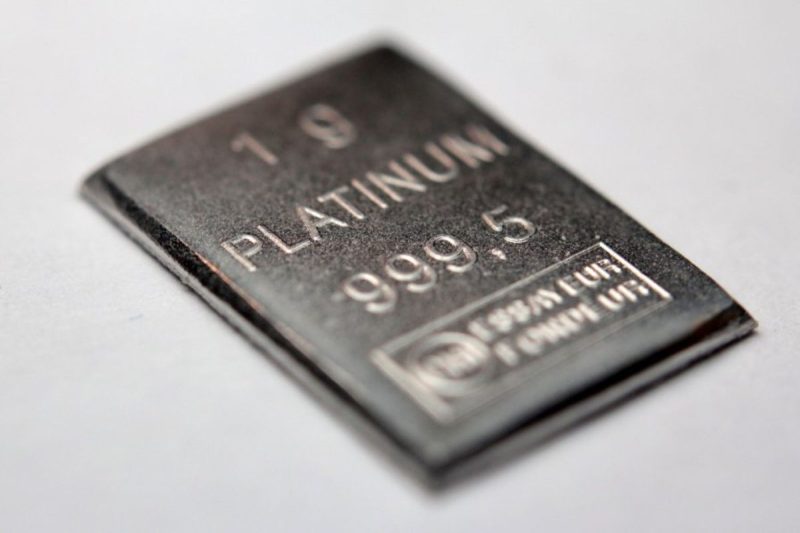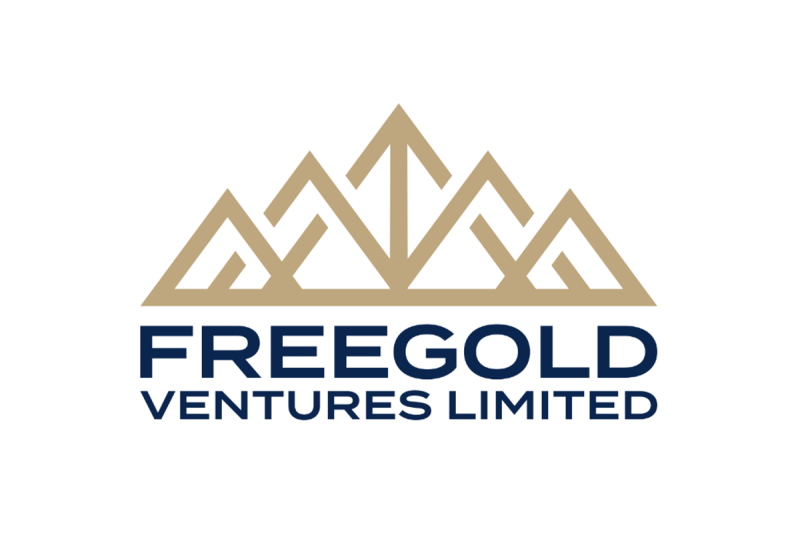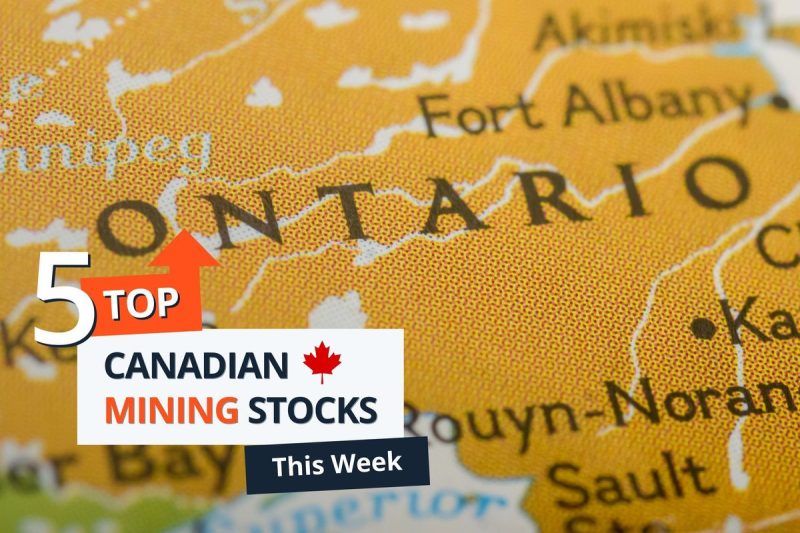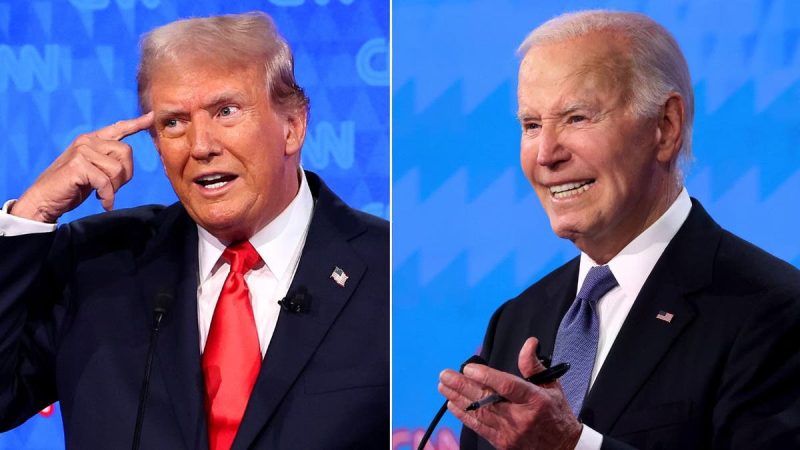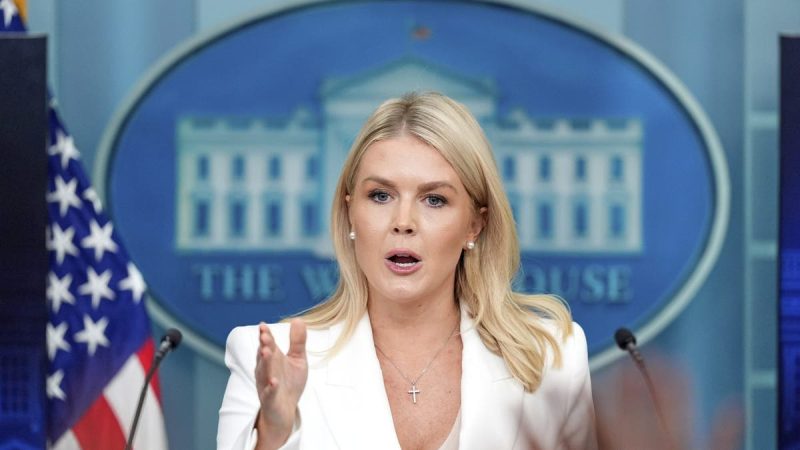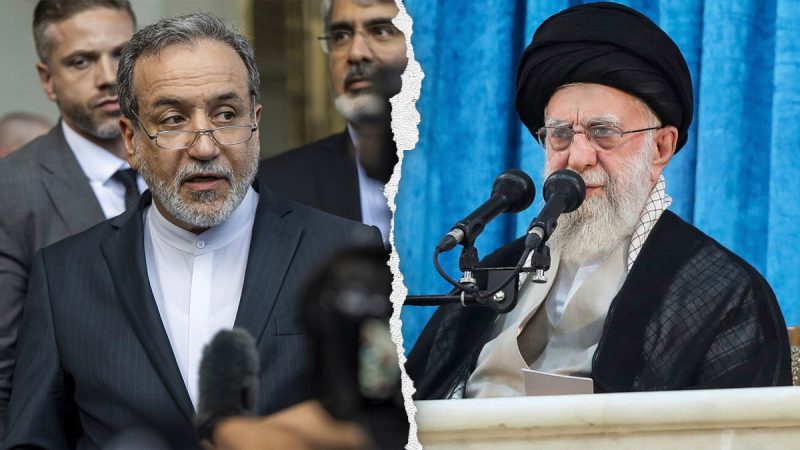Statistics Canada released April’s gross domestic product (GDP) numbers on Friday (June 27). The data showed a slowing in the Canadian economy with a 0.1 percent monthly decline after it increased 0.2 percent in March as businesses attempted to get ahead of US tariff deadlines.
In April, the shift in US trade policy led to significant declines in the manufacturing sector, which saw its largest drop in four years at 1.9 percent. Durable goods manufacturing declined for the first time in four months, dropping 2.2 percent d. The most heavily impacted sub-sectors were transportation equipment and the auto sector, which fell 21.6 percent and 5.2 percent, respectively.
On the positive side, finance and insurance experienced growth of 0.7 percent, with investment services and funds contributing 3.5 percent growth to the sector. StatsCan indicated that the US tariff announcement on April 2 led to increased selling activity in Canadian equity markets.
The Canadian resource sector was flat overall during the month. The oil and gas extraction, excluding oil sands, fell 1.1 percent in April, while oil sands extraction remained unchanged. The agency said that higher bitumen extraction was offset by lower synthetic crude production. Additionally, a temporary shutdown in the Keystone pipeline due to a rupture contributed to a decline in activity.
However, losses were offset by a 4.8 percent gain in support activities for the mining and oil and gas extraction subsectors, with an increase in rigging and drilling activities.
While some of the month-over-month decline was due to the increase in output in March, StatsCan suggests that further slowing is on the way. The agency reported that advanced figures for May show a further 0.1 decline, noting a decrease in the mining, quarrying, and oil and gas extraction category.
South of the border, the US Bureau of Economic Activity released May’s personal consumption expenditures price index (PCE) data on Friday. The index is a key inflation indicator and is the preferred measure used by the Federal Reserve when making its rate decision. The central bank has held its current rate at the 4.25 to 4.5 percent range since it last lowered it in November 2024.
The report shows inflation ticked up 2.3 percent on an annualized basis, higher than the 2.2 percent recorded in April. The increase came after two consecutive months of slowing from 2.7 percent in February and 2.3 percent in March.
Less the more volatile food and energy categories, PCE gained 2.7 percent during the period. While costs for goods increased, current-dollar personal income was down 0.4 percent and disposable income fell 0.6 percent.
US President Donald Trump again signaled his displeasure with the slow pace of rate cuts earlier in the week, and with the Wall Street Journal reporting on Wednesday (June 25) that he may announce a replacement for Chairman Jerome Powell as early as this summer.
While it’s unclear if he will try to remove Powell from the post, the president may try to create a “shadow Fed” that could work to influence markets and undermine decisions made by the current chairman. Powell’s term as chairman is set to expire in May 2026, while his time as board governor won’t end until 2028. His removal would require an act of Congress.
Markets and commodities react
In Canada, major indexes ended the week up. The S&P/TSX Composite Index (INDEXTSI:OSPTX) gained 0.77 percent during the week to close at 26,687.14 on Friday. The S&P/TSX Venture Composite Index (INDEXTSI:JX) fared better, gaining 1.47 percent to 724.26, while the CSE Composite Index (CSE:CSECOMP) climbed 0.74 percent to 117.39.
US equities were also in positive territory this week, with the S&P 500 (INDEXSP:INX) gaining 3.41 percent to close at a record high of 6,173.08, the Nasdaq-100 (INDEXNASDAQ:NDX) surging 4.17 percent to its own all-time high of 22,534.20. While it didn’t break its previous high, the Dow Jones Industrial Average (INDEXDJX:.DJI) also climbed significantly, up 3.89 percent to 43,819.26.
On the other hand, the gold price declined this week, falling 2.8 percent to US$3,274.15 by Friday at 4 p.m. EDT. The silver price ended the week down just 0.05 percent at US$35.99.
In base metals, the COMEX copper price surged 5.59 percent over the week to US$5.12 per pound. Prices have been rising due to increased purchases ahead of US tariffs and significant drawdowns of inventories in London Metals Exchange warehouses.
Meanwhile, the S&P GSCI (INDEXSP:SPGSCI) lost 6.07 percent to close at 545.71.
Top Canadian mining stocks this week
How did mining stocks perform against this backdrop?
Take a look at this week’s five best-performing Canadian mining stocks below.
Stock data for this article was retrieved at 4 p.m. EDT on Friday using TradingView’s stock screener. Only companies trading on the TSX, TSXV and CSE with market capitalizations greater than C$10 million are included. Mineral companies within the non-energy minerals, energy minerals, process industry and producer manufacturing sectors were considered.
1. Onyx Gold (TSXV:ONYX)
Weekly gain: 121.28 percent
Market cap: C$106.84 million
Share price: C$2.08
Onyx Gold is an exploration company advancing its Munro-Croesus project, located near Timmins in Ontario, Canada. The company has increased the size of the land package by 200 percent between 2020 and 2025, and the project now covers an area of 109 square kilometers.
Munro-Croesus hosts the historic Croesus mine, which produced 14,859 ounces of gold between 1915 and 1936 with an average grade of 95.3 grams per metric ton (g/t). Onyx is the first company to explore the property since the mine closed.
Shares in Onyx have seen gains in recent weeks as it made several investment and project announcements.
The first came on June 12, when the company announced that it had completed a private placement with Windfall Mining, a subsidiary of Gold Fields (NYSE:GFI), which purchased 9.4 percent of Onyx’s issued and outstanding shares. Onyx said the investment is an endorsement of its long-term vision.
As for this week, on Tuesday (June 24), Onyx announced that it signed a mineral property purchase and sale agreement to acquire a 100 percent interest in the Munro and Hewitt properties, both located near the existing Munro-Croesus project. The acquisition will expand the company’s land package to 109 square kilometers from the previous 95 square kilometers.
In its most recent update on Thursday (June 26), the company reported the first drill results from its 10,000 meter spring drill program at the Argus North zone at Munro-Croesus. One highlighted assay contained 1.8 grams per metric ton (g/t) gold over 91 meters, including 4 g/t over 32 meters and 5.3 g/t over 17 meters.
The company said the results demonstrate the continuity of broad zones of high-grade gold mineralization. It added that mineralization was confirmed along strike and that the zone is still open in all directions.
2. US Copper (TSXV:USCU)
Weekly gain: 83.33 percent
Market cap: C$14.5 million
Share price: C$0.11
US Copper is an exploration company working to advance its Moonlight-Superior project in Northeast California, United States.
The project covers approximately 13 square miles of patented and unpatented federal mining claims in the Lights Creek Copper District, near the Nevada border.
A preliminary economic assessment released on January 6 demonstrated a post-tax net present value of US$1.08 billion with an internal rate of return of 23 percent and a payback period of 5.3 years, assuming a copper price of US$4.15 per pound.
The included mineral resource estimate shows a total indicated resource of 2.5 billion pounds of copper, 21.7 million ounces of silver and 140,042 ounces of gold from 402.83 million metric tons of ore with a grade of 0.31 percent copper, 1.85 parts per million (ppm) silver and 0.012 ppm gold. The majority is hosted at its Moonlight and Superior deposits.
Although the company did not release news this week, its shares have seen significant gains alongside a rising price of copper.
3. ArcWest Exploration (TSXV:AWX)
Weekly gain: 68.42 percent
Market cap: C$11.21 million
Share price: C$0.16
ArcWest Exploration is an exploration company that has most recently been working to advance its Todd Creek and Oweegee Dome properties within the Golden Triangle in British Columbia, Canada.
The Todd Creek property is a 21,343 hectare site that adjoins Newmont’s (TSX:NGT,NYSE:NEM) Brucejack property and hosts widespread copper and gold mineralization. Historical exploration of the site yielded grab samples with up to 37.7 g/t gold and 5.3 percent copper. The project is covered by a March 2023 earn-in agreement with Freeport-McMoRan (NYSE:FCX) that could see Freeport earn a 51 percent stake, with C$20 million in investments over a five year period.
The 31,077 hectare Oweegee Dome property is located 34 kilometers northeast of the Brucejack mine and hosts underexplored copper and gold systems, including Delta and Skowill East. Oweegee Dome is covered by a July 2021 option agreement with Sanatana Resources (TSXV:STA). Under the terms of the agreement, Sanatana can earn an initial 60 percent interest in the property through cumulative exploration investments of C$6.6 million over four years.
Shares in ArcWest gained this week after a pair of announcements.
The first came on Wednesday, when the company reported results from a 2024 drill program, funded and operated by Sanatana, that extended the mineralized zone at Oweegee Dome. Sanatana President Buddy Doyle said, “We now think the alteration and mineralization we see at surface at Delta is only the southeast corner of a larger system.”
The other news was released on Thursday, when it announced it had mobilized for a drill program at Todd Creek. The program will receive a minimum of C$4 million in funding from Freeport-McMoRan.
4. Belo Sun (TSXV:BSX)
Weekly gain: 62.79 percent
Market cap: C$163.35 million
Share price: C$0.35
Belo Sun Mining is an exploration and development company focused on advancing its Volta Grande gold project in Brazil.
The property covers approximately 2,400 hectares within the Tres Palmeiras greenstone belt in Para State, Brazil. The company has been working on the project since 2003, and acquired necessary development permits in 2014 and 2017.
A 2015 mineral reserve estimate demonstrated a proven and probable reserve of 3.79 million ounces of gold from 116 million metric tons of ore with an average grade of 1.02 g/t.
Development at the site stalled in 2018 after a federal judge ruled that the Federal Brazilian Institute of the Environment (IBMA) would be the competent authority for issuing environmental permits. The decision was overturned in 2019 with the Secretariat of Environment and Sustainability of the State of Para (SEMAS) reassuming its permitting authority. The decision was once again reversed in September 2023, returning authority to IBMA.
On January 23, Belo Sun announced that the Federal Court of Appeals had reassigned SEMAS as the permitting authority for the Volta Grande project. The company said it was pleased with the decision, as the agency is familiar with the project and enjoys a constructive and transparent relationship with it.
On Monday (June 23), the company announced shareholders approved a renewal of the company’s governance structure and elected four new directors to the board. Four of the board’s six members are now either Brazilian or have spent significant parts of their careers working in Brazil.
5. Reyna Silver (TSXV:RSLV)
Weekly gain: 52.94 percent
Market cap: C$33.05 million
Share price: C$0.13
Reyna Silver is a silver exploration company with a portfolio of assets in Chihuahua, Mexico, and Nevada, US.
One of its two Mexican assets is Guigui, a 4,750 hectare property covering a significant portion of the Santa Eulalia Mining District. The area has a history of mining dating back to the 1700s with production of almost 450 million ounces of silver between then and 2001.
Its other one is Batopilas, a 1,183 hectare site that covers 94 percent of the Batopilas Mining District, which has significant deposits of pure, native silver. Historic mining at the site produced an estimated 200 million to 300 million ounces of silver dating back to the mid-1600s.
Its primary American asset is the Gryphon Summit project located along the Carlin-trend. The project covers an area of 10,300 hectares and is prospective for gold, silver and critical minerals.
It also owns the Medicine Springs project, which spans 4,831 hectares south of Elko City. Previous exploration at the site identified lead, zinc and silver mineralization.
Shares in Reyna gained this week after it entered into a definitive agreement to be acquired by Torex Gold (TSX:TXG).
The deal, valued at US$26 million, will see Torex acquire all issued and outstanding common shares in Reyna, thereby gaining access to its wholly owned Mexican portfolio. Additionally, Torex will have the option to acquire a 70 percent stake in the Gryphon Summit project and a 100 percent interest in Medicine Springs.
FAQs for Canadian mining stocks
What is the difference between the TSX and TSXV?
The TSX, or Toronto Stock Exchange, is used by senior companies with larger market caps, and the TSXV, or TSX Venture Exchange, is used by smaller-cap companies. Companies listed on the TSXV can graduate to the senior exchange.
How many mining companies are listed on the TSX and TSXV?
As of February 2025, there were 1,572 companies listed on the TSXV, 905 of which were mining companies. Comparatively, the TSX was home to 1,859 companies, with 181 of those being mining companies.
Together the TSX and TSXV host around 40 percent of the world’s public mining companies.
How much does it cost to list on the TSXV?
There are a variety of different fees that companies must pay to list on the TSXV, and according to the exchange, they can vary based on the transaction’s nature and complexity. The listing fee alone will most likely cost between C$10,000 to C$70,000. Accounting and auditing fees could rack up between C$25,000 and C$100,000, while legal fees are expected to be over C$75,000 and an underwriters’ commission may hit up to 12 percent.
The exchange lists a handful of other fees and expenses companies can expect, including but not limited to security commission and transfer agency fees, investor relations costs and director and officer liability insurance.
These are all just for the initial listing, of course. There are ongoing expenses once companies are trading, such as sustaining fees and additional listing fees, plus the costs associated with filing regular reports.
How do you trade on the TSXV?
Investors can trade on the TSXV the way they would trade stocks on any exchange. This means they can use a stock broker or an individual investment account to buy and sell shares of TSXV-listed companies during the exchange’s trading hours.
Article by Dean Belder; FAQs by Lauren Kelly.
Securities Disclosure: I, Dean Belder, hold no direct investment interest in any company mentioned in this article.
Securities Disclosure: I, Lauren Kelly, hold no direct investment interest in any company mentioned in this article.
This post appeared first on investingnews.com

